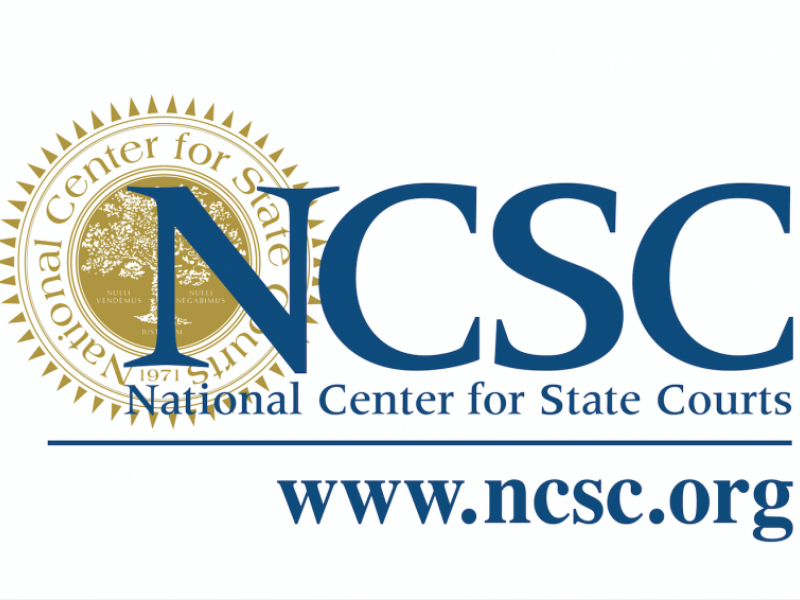
Document Author(s):
Year Published:
Region:
Article: Triage Protocols for Litigant Portals: A Coordinated Strategy Between Courts and Service Providers (Clarke, Zorza, Alteneder 2013)
A project team that included representatives from the courts, the civil legal aid community and the private bar engaged in a joint process to develop standardized and coordinated triage protocols that link litigant services, courts and legal services. This paper proposes protocols for evictions, divorces, foreclosures, and credit card debt, case types in which a high percentage of cases involve self-represented litigants. The process gave rise to an illuminating dialogue of how each constituency presently conducts triage.
For triage to be successful on a systemic level, stakeholders cannot continue independently to design and deploy triage systems for litigants. If we wish to build a litigant portal, we must coordinate services and screening protocols between the courts, and the legal and non-legal service providers. This approach will make it possible for litigants to explore how specific facts and circumstances could generate different outcomes, and what, if anything, they could do to improve their outcomes. Moreover, close analysis makes clear that the services litigants receive externally to the court case greatly impact how the case will proceed within the court’s case management system. Hence, any set of triage protocols must integrate the services and processes of all stakeholders, and be designed to accommodate a dynamic and iterative process. The intent of this paper is to be a starting point for future elaborations of the protocols for triage of self-represented cases.
Recommended Citation: Tom Clarke, Richard Zorza, and Katherine Alteneder, Triage Protocols for Litigant Portals: A Coordinated Strategy Between Courts and Service Providers State Justice Institute, Nat'l Center for State Courts (Dec 2013) found at http://ncsc.contentdm.oclc.org/cdm/ref/collection/ctadmin/id/2045.